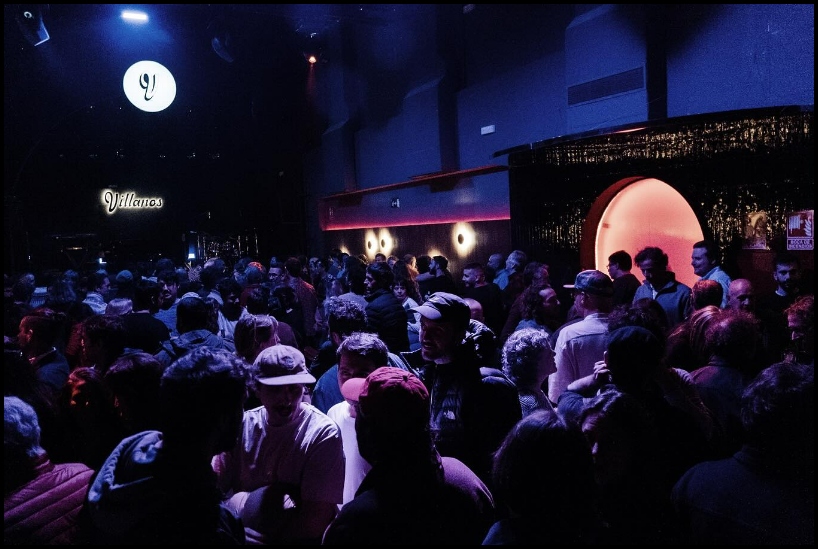
SPmice: Conoce nuestros traslados

Son ya innumerables los traslados que hemos realizado a lo largo de todo este tiempo: desde trayectos nacionales y europeos, a traslados en el otro lado del charco.
A lo largo de este recorrido, SPmice, ha sido él vínculo que une momentos, lugares y personas, demostrando su compromiso con la excelencia en el servicio.
Descubre con nosotros algunos de ellos
Actualmente colaboramos con la Sala Villanos, referente de la capital española, gestionando el transporte de sus artistas.


Realizamos traslados interprovinciales por toda la geografía española. Algunos ejemplos de ellos:


Así como traslados internacionales:



